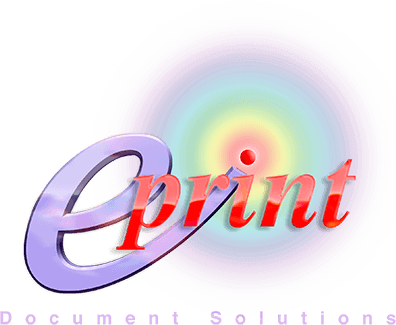Accessibility Statement
What steps are we taking to ensure our websites are accessible?
We have begun implementing a web policy across the Partnership to improve the accessibility and usability of all our websites, with the aim of ensuring they conform to WAI (World Accessibility Initiative) standards, as well as W3C (Worldwide Web Consortium ) web standards for CSS 3 (Cascading Style Sheets) and HTML5. This is an ongoing process and will be completed in phases. We also aim to make navigation and information architecture consistent throughout the website by utilising a Content Management System.
Accessible Content
Text
Our text is concise and written in plain English. We aim to use layout to make the text easy for you to read and scan read on screen.
All text is resizable. If it is too small or large for easy reading, you can use your browser settings to display it at the size you prefer.
If you’ve already selected a non-standard text size in your browser settings, the size you prefer will be visible from the moment you enter the website. You won’t need to reset it for each page.
Images
We use images for several purposes. For each, a text alternative is provided:
- for images used as links, the text alternative tells you about the destination page
- for informative images, the text alternative contains the information that the image contributes to the page
- for images of text, the visible text is stated
- for images that are purely decorative, the alternative text will be empty wherever possible so that the image is ‘silent’ when a screen reader reads the page.
Colour
We choose colours that provide a good contrast between the text and its background. We avoid combinations that are known to cause difficulties for people with colour blindness.
We use colour styling that ensures no parts of the page are unreadable if you choose non-standard colours in your browser colour settings.
A change of colour won’t be used as the only way to identify any information. So, for instance, you won’t see phrases such as ‘new courses are shown in red text’.
Accessible Structure
Navigation
We are committed to ensuring you can reach all parts of the website by following keyboard navigable links. This means you can use your keyboard tab key or switch device to move from link to link. Our aim is for no parts of the site to be ‘hidden’ behind links that can only be displayed by mouse action.
Links
We aim to choose the wording for text links to ensure the link is:
- clear, giving you a good idea of what the destination page is about
- unique, so that each one is different, unless it leads to the same page as any others using the same wording
- complete, not relying on nearby text to explain its purpose or context
- concise, as short and to the point as possible
- quick to identify, not beginning with words like ‘click here for’ or ‘link to’
- meaningful – not made up of a single word like ‘here’.
Page titles
Titles are different on each unique page, and give a good indication of their content. This will help you keep track of where you are in the website. It also makes it possible to distinguish between pages when you have more than one window or tab open.
Headings
Headings are relevant and provided in a logical order so that you can use them to get an overview of the page.
If you’re a screen reader user, this means you can:
- use screen reader functions to jump from heading to heading
- display a list of all headings and go straight to the one of most interest to you.
Audio and video
Our aim is for information that is presented in video, audio or multimedia to have alternatives that make the same information available to people who are unable to see or hear. This means that captioning or transcripts are used to complement audible or visible information.
Forms
Where possible, we ensure it is easy to complete forms by presenting the information you need to complete each box clearly and well positioned. We also ensure that you can complete our forms without the use of a mouse and using a screen reader. Our forms have a logical and clear structure, with instructions at each stage.
Compatibility with tools
Our websites are designed to be compatible with recent versions of the following screen readers:
